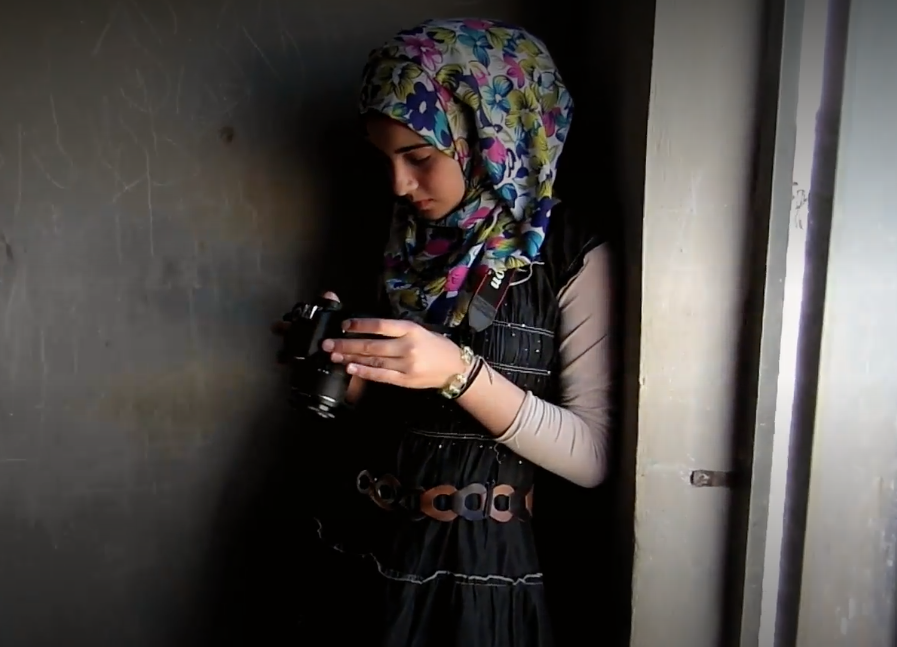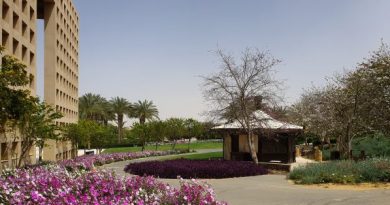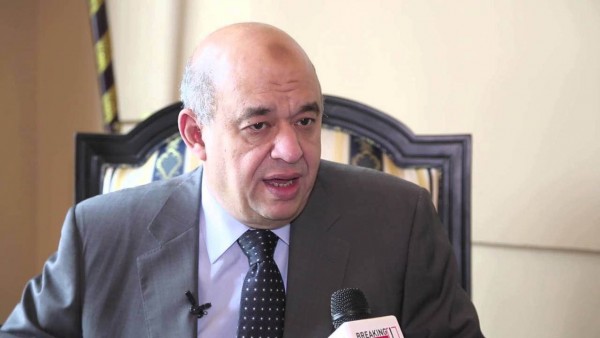Resistance on the Big Screen: Female Voices from the Arab World
By Marehan Omar
Follow @marehano
Much of Arab cinema has been shaped by conflict, whether it came in the form of nationalistic movements against British and French colonialism or regional wars.
On March 3 and 4, an AUC conference organized by the Department of Arts explored the several ways Arab cinema has been shaped – through resistance, feminism and a vast shift in transnational cultural globalization.
The crisis in Syria came to the fore during the discussions of various writers and filmmakers.
“I live in the camp, I am within the camp, and I know the camp. An outsider will miss a lot of the deeper meanings because they haven’t felt what it’s like to live here,” said 17-year-old refugee-cum-filmmaker Khaldiya of her status in Jordan.
Her documentary, Another Kind of Girl, is at once an intimate diary of her traumatic days in Syria.
Some of the powerful tools used in the documentary are the imagery of shadows, flickering light, the sky, and close-ups of her own hand; all simple, yet symbolic.
“Whenever I’m angry, I go out and start filming. However it comes out doesn’t matter. What is important is that I’m filming. Especially when I take the shots from weird angles.”
Greg Burris, assistant professor of media studies at the American University of Beirut (AUB), said it was important to point out that cinema can serve not just as a tool of resistance, but also as a medium which “reveals all of those hidden spaces and dimensions that remain beyond.”
Several refugees, including Syrians and Palestinian women, were able to make the cut due to the availability of a free web-based social infrastructure.
Donatella Della, assistant professor of communications and media studies at John Cabot University, said that one key contributor to Syrian filmmakers’ success is relying on producing anonymous works from Syria that are virally exchanged on the internet.
As a result, the citizen-generated YouTube videos and contemporary documentaries are available for everyone around the globe.
However, Della said that when platforms like YouTube and Facebook have control over the historical memory of a country, these platforms have power determining what is newsworthy, what is remarkably historic and what should be eliminated.
Katarzyna Marciniak, professor of transnational studies in the English department at Ohio University, talked about her firsthand experiences in cinema content and the necessity of empathy in shaping the content.
Marciniak said that these women’s productions have already been globally recognized at festivals in Cannes, London, Los Angeles, Sundance, Sydney and Toronto.
The Arab women’s video diaries’ significance lies in their resistance to media coverage by the Western reporters, who, as the Arab women claim, are unable to “capture their reality.”
Mais Darwazah, a Palestinian filmmaker, made a different kind of film titled My Love Awaits Me by the Sea.
The film revolves around the dreams Palestinians have at night, “the latter is about the dreams that haunt them during the day.”
Another key element of Arab cinema is the introduction of visuals and animation.
Today, animation is widespread; a cognitive subconscious part of our daily lives, progressing technologically and industrially every hour.
Kirsten Moana, professor of film studies and director of the film program at Seattle University, said that corporations and advertising agencies now depend heavily on animation and social media as a platform to embody products, brands and values.
The customer is therefore compelled to act in a certain way or take the purchasing decision in a specific manner.
This sheds light on the fast-paced decade we live in with a broader reflection on the web and easier access to virtually any material, sharing cinema-related content is almost instant.
“An artifact can be dust in an image, noise on a recording or [any] other anomaly that leaves a trace of contingency,” said Mark Westmoreland, director of the master’s program in Visual Ethnography at Leiden University in the Netherlands.
“For that reason, several filmmakers take delight in using archived material from real footage of historical events … collecting traces of traumatic experience and fragments of memory that are crafted to undermine representational expectations.”




